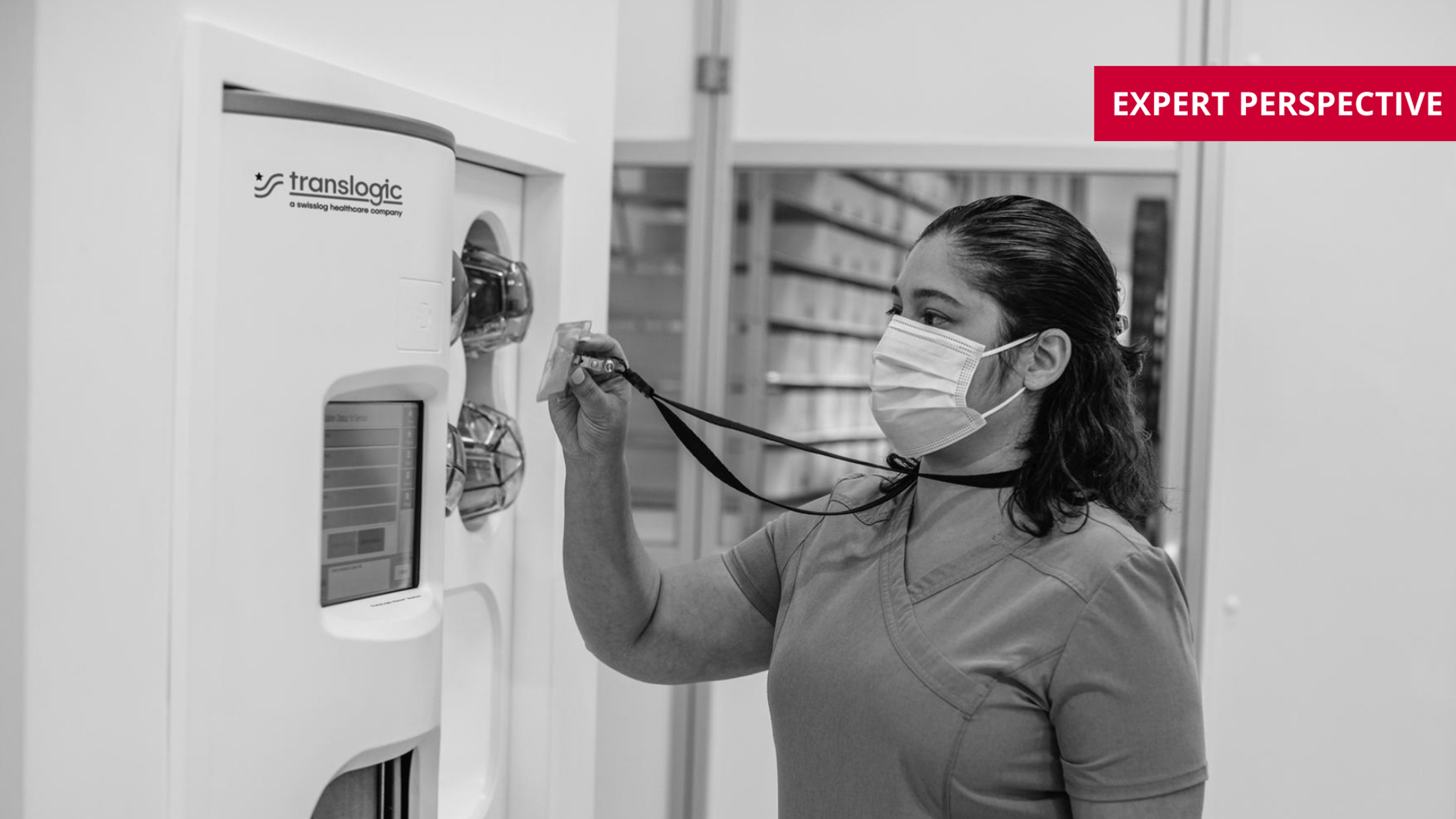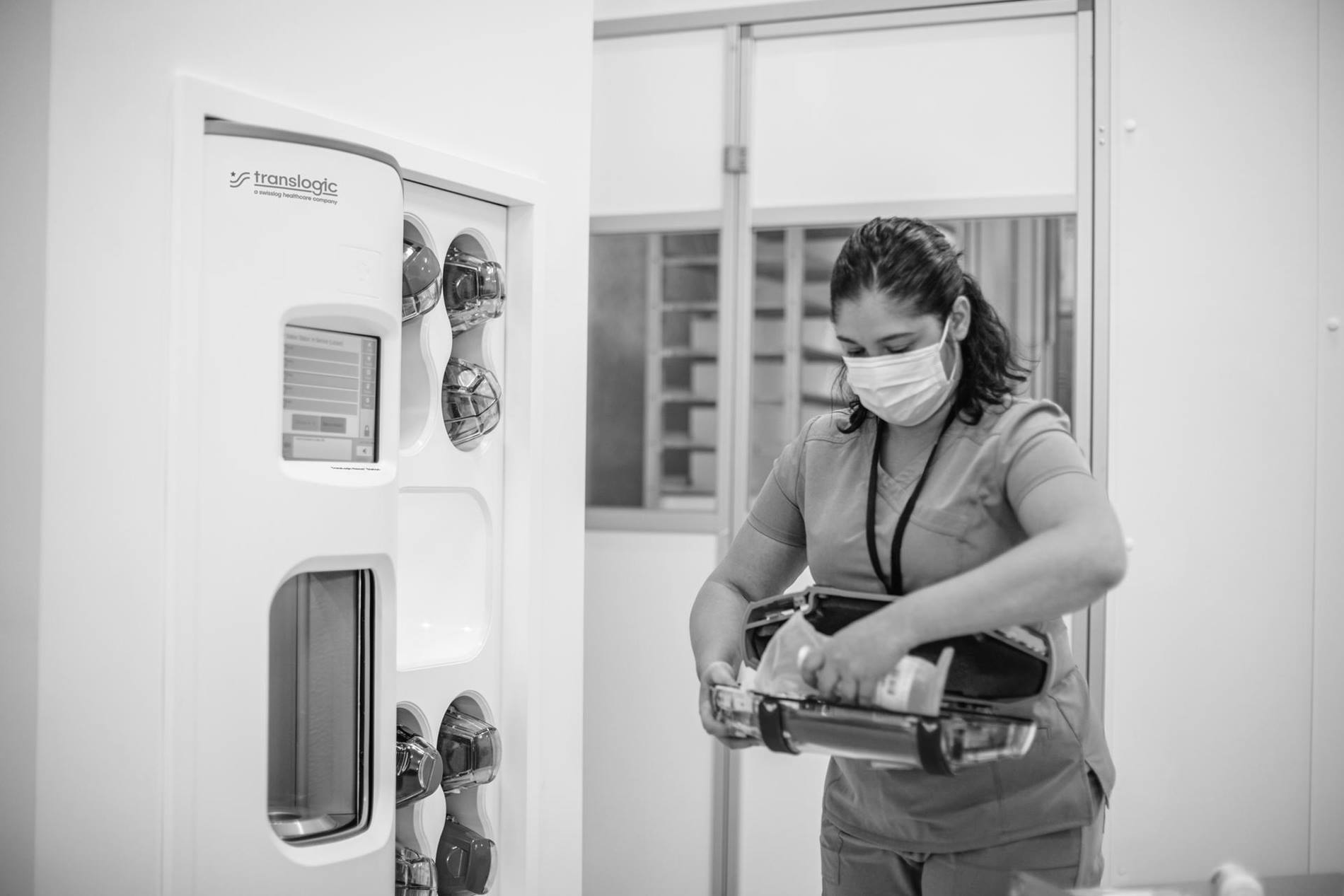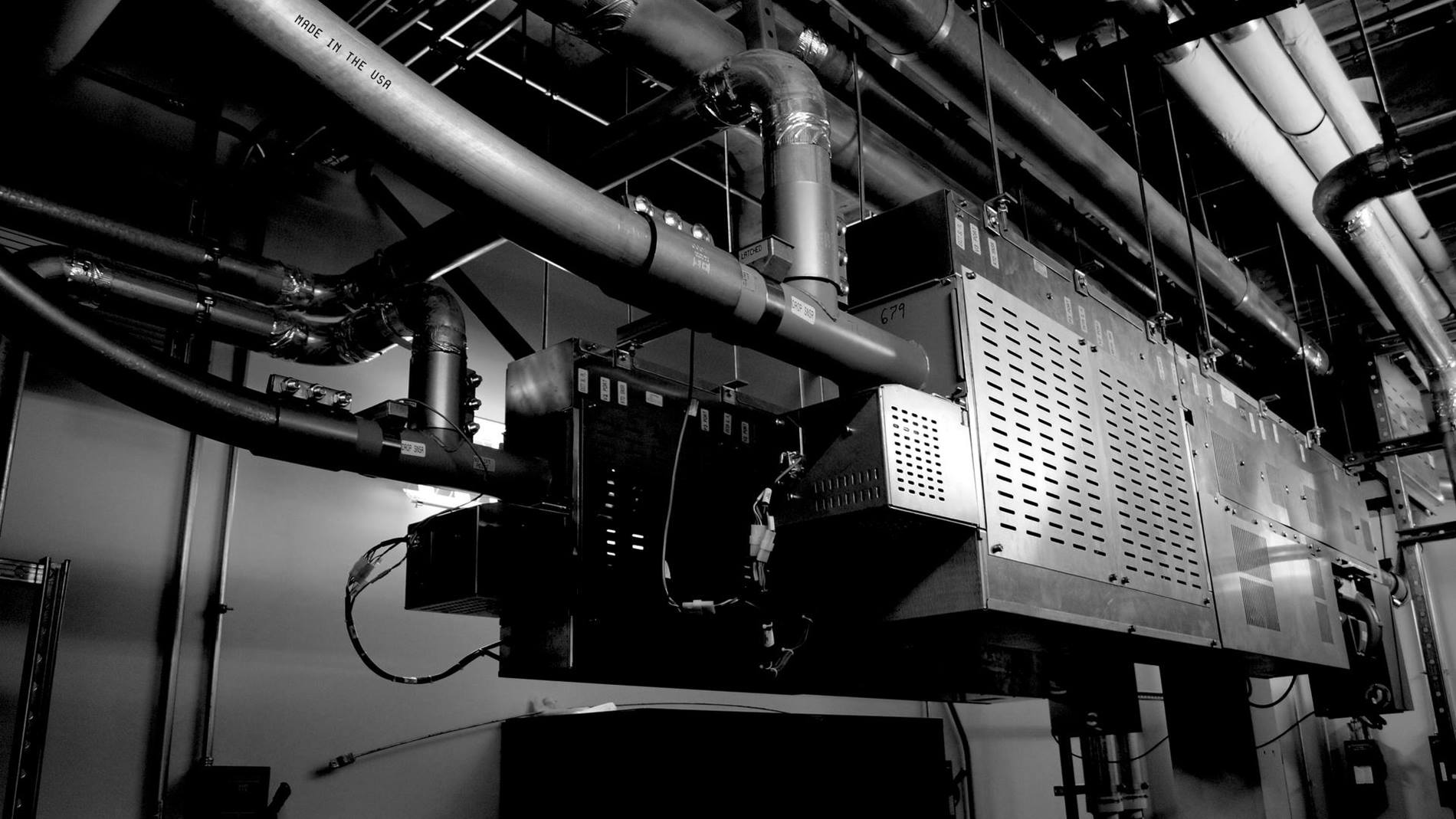Robin Arnold | 13 September, 2023

The Tube System: Hospital Workflow Hero
An Expert Perspective on How Tube Systems Support Hospital Operations
The Pneumatic Tube System - An Unsung Hero
Much like essential utilities such as electricity or clean water, the pneumatic tube system is critical to hospital workflow. Clinical teams, laboratories, and pharmacies rely on it to function seamlessly, expecting it to reliably and quickly transport everything from supplies, to medication, and lab samples. Without it, healthcare providers could be forced to rely on manual transport which inevitably leads to less immediate care, increased costs, and room for error.

How the Tube System Supports the Hospital Workflow
Engineering Excellence and Accountability
In terms of reliability, modern pneumatic tube systems are exceptional. Our data shows an average uptime of 99.9% for most tube systems.When coupled with comprehensive training and the latest technology, they’re exceptionally capable too. A single tube system at a large hospital can make thousands of transactions per day, with multiple carriers being sent at once. According to our other article "The Many Ways to View a Tube System", which takes a deeper dive into the numbers, the average tube system makes about 1,500 transactions per day.
As those transactions occur, software meticulously tracks dispatch and delivery times for each transaction, capturing sender and receiver details alongside unique RFID tag information.
Enhanced Control and Security
Badge security ensures secure carrier initiation and product receipt tracking, while also monitoring personnel involved. Tube systems can also be restricted to certain departments, allowing only designated groups of carriers to move within specific departments, effectively mitigating cross-contamination risks.
Real-Time Monitoring & Carrier Homing
The tube system’s ability to track carrier movement ensures processes are carried out, thereby enhancing operational efficiency. For example, tracking carriers allows health systems to ensure carriers are regularly ‘homed’ in high-volume stations like the pharmacy.
Meanwhile, department-specific segregation prevents mix-ups, while automatic carrier inventory updates ensure a constant supply. This real-time monitoring, when paired with a robust data repository within the system control center, simplifies reporting and monitoring.
Accelerating Patient Care and Treatment
The tube system’s impact on patient care can be quite profound. Improved turnaround times grant healthcare the ability to provide care more quickly – such as in the case of ordering medication.
In critical scenarios like emergency departments and lab work, this acceleration is invaluable. Swift delivery of essential specimens or blood samples from the ER to the lab expedites diagnoses, enabling prompt treatment with medications supplied by the pharmacy.
Life-saving blood transfusions are expedited, benefiting both the emergency department and operating rooms. Rapid transport of biopsies from the OR to the lab facilitates swift diagnosis and treatment planning, all while the patient remains in the OR suite.
In other words, patients can be treated more quickly, and providers can spend more time attending to patients’ needs.
Enhancing Employee Satisfaction and Space Utilization
Believe it or not, having a tube system leads to more content and fulfilled employees. Nurses can focus on patient care instead of supply transportation, reducing task-related strain. This also eases the burden on hospital infrastructure such as elevators, hallways, and stairwells, minimizing congestion and enhancing the utility of available space.

Boosting Operational Efficiency Across Departments
Tube systems don't merely improve the efficiency of a single department; they trigger a chain reaction across multiple workflows. Streamlined transportation liberates staff previously engaged in manual deliveries, reallocating their time to patient care, administrative tasks, and other essential responsibilities. This results in a more productive and well-rounded hospital environment that’s better equipped to meet unexpected demand for care such as in the case of a natural disaster.
Up-front Investment and Rapid ROI of Tube Systems
For instance, consider a scenario where a hospital shifted laboratory services to a standalone building located more than 1,000 feet away from in-patient services and the Emergency Department. Since a 6-inch tube system carrier can travel at speeds upwards of 20 feet per second, that transaction would take less than 1 minute (50 seconds).
Of course, that’s a just a single instance. When scaled up across an entire hospital, the tube system’s impact is amplified sevenfold. For a better idea of the impact on your specific organization, please see the TransLogic ROI calculator.
The Cost of Doing Nothing
Consider the significant time and labor costs incurred by manual transport. In a typical hospital processing six to eight transactions daily per occupied bed, with each round trip taking approximately 15 minutes, the cumulative time expended exceeds 100,000 hours annually. This equates to the workload of approximately five full-time employees.








